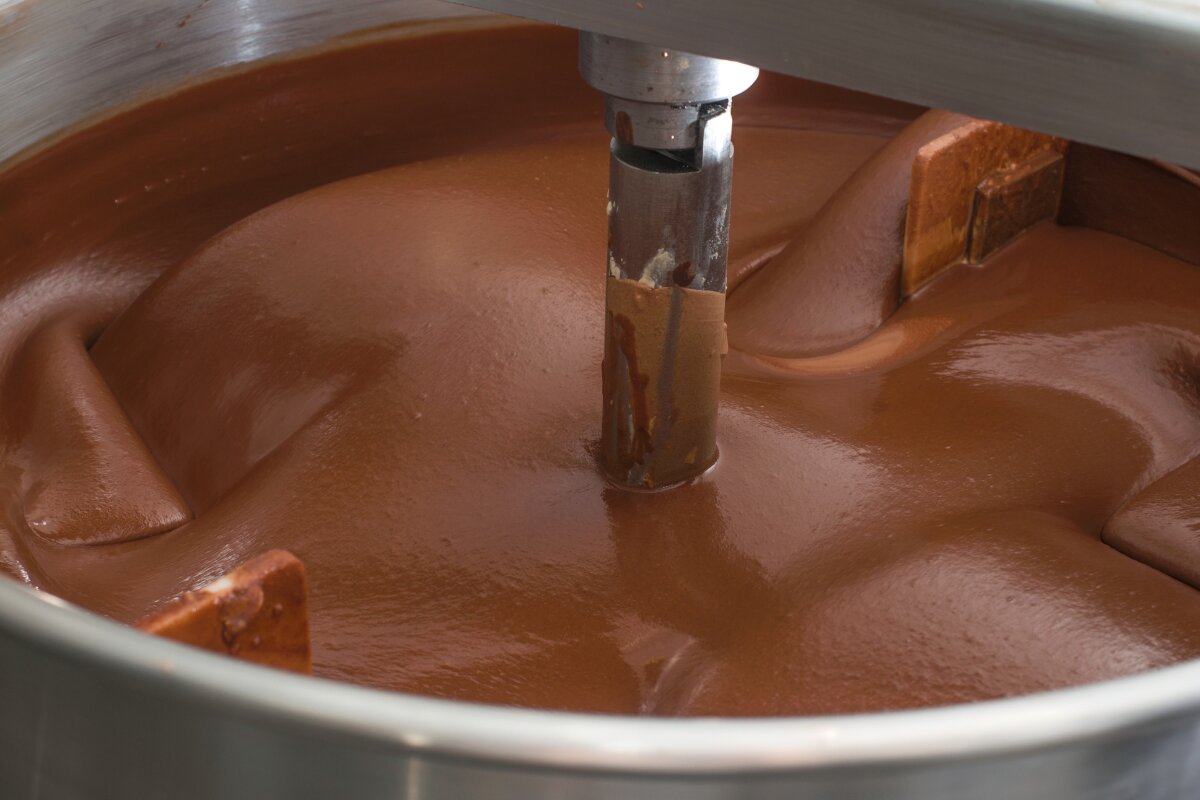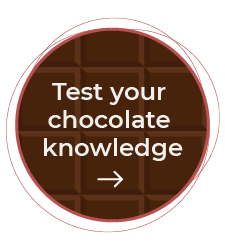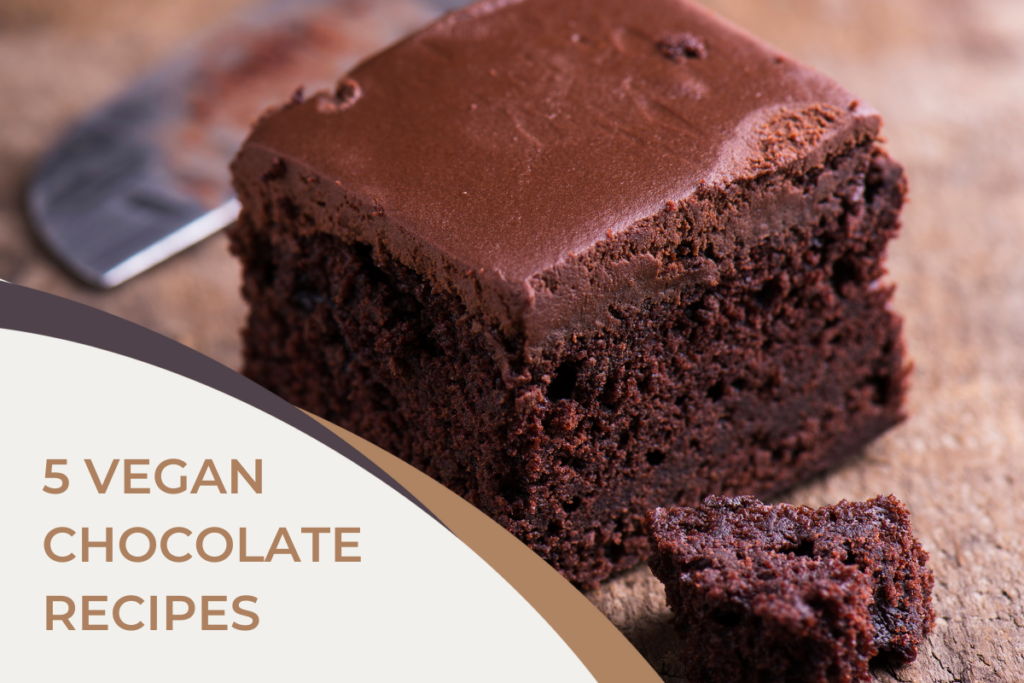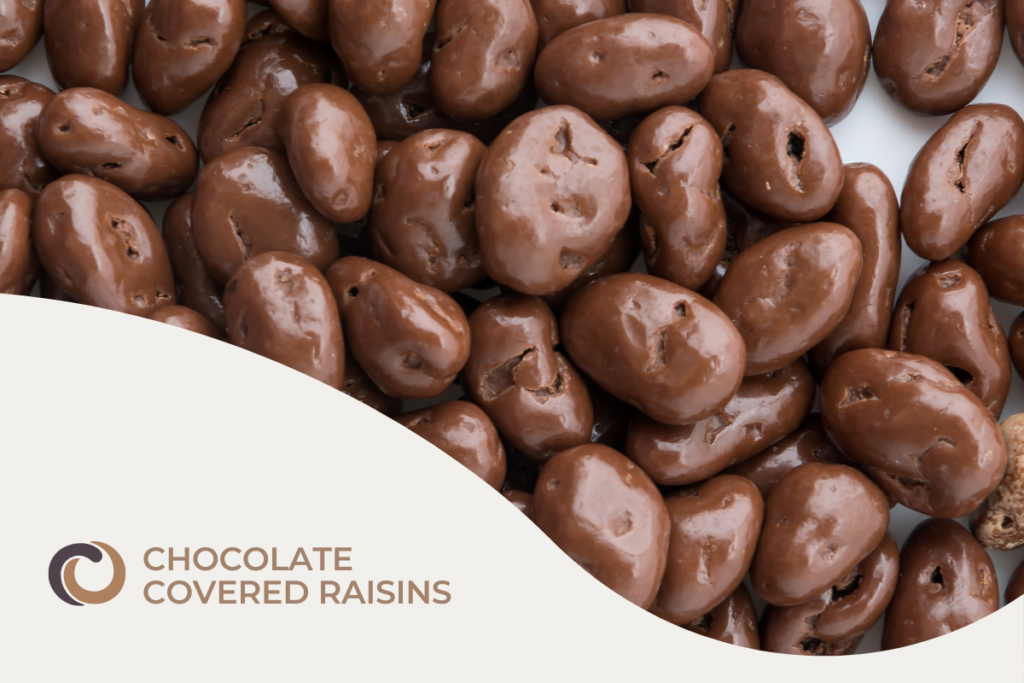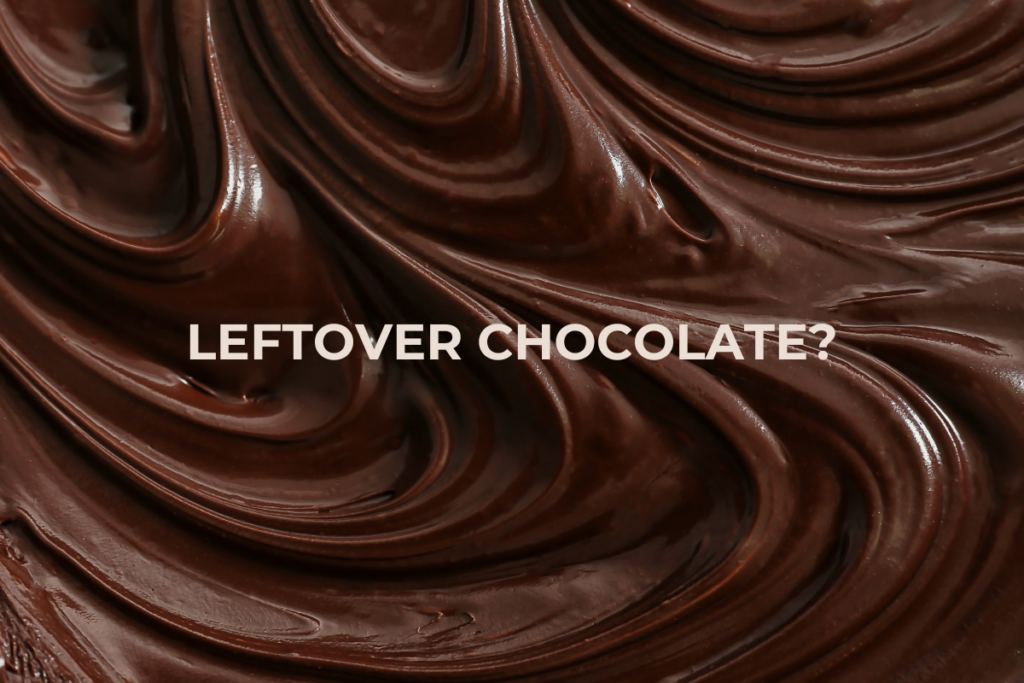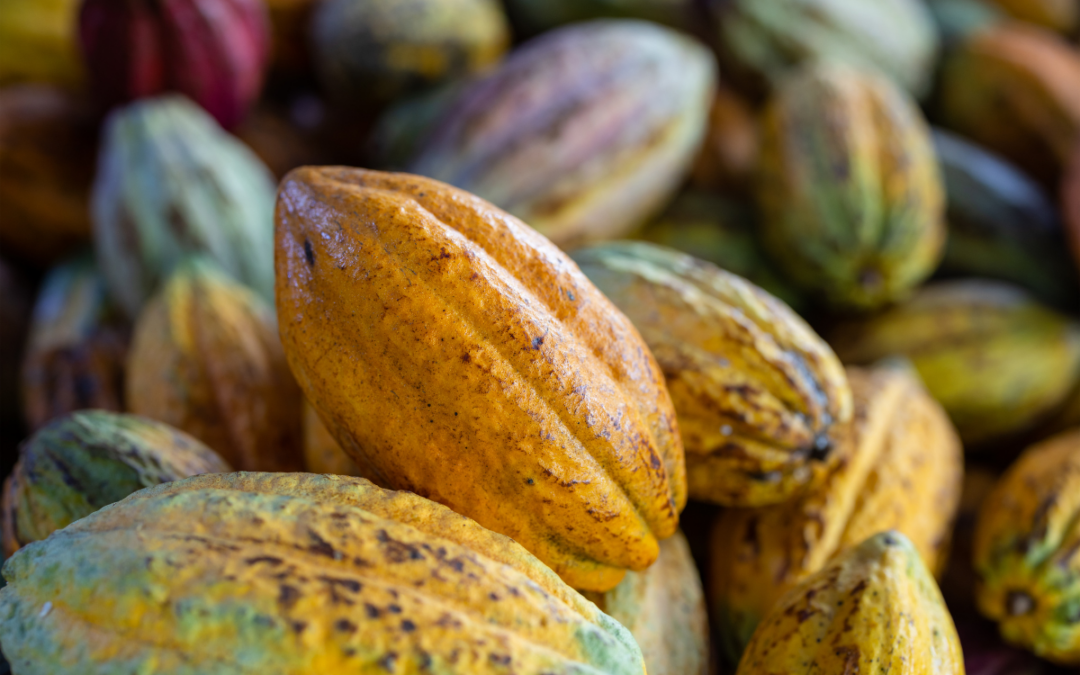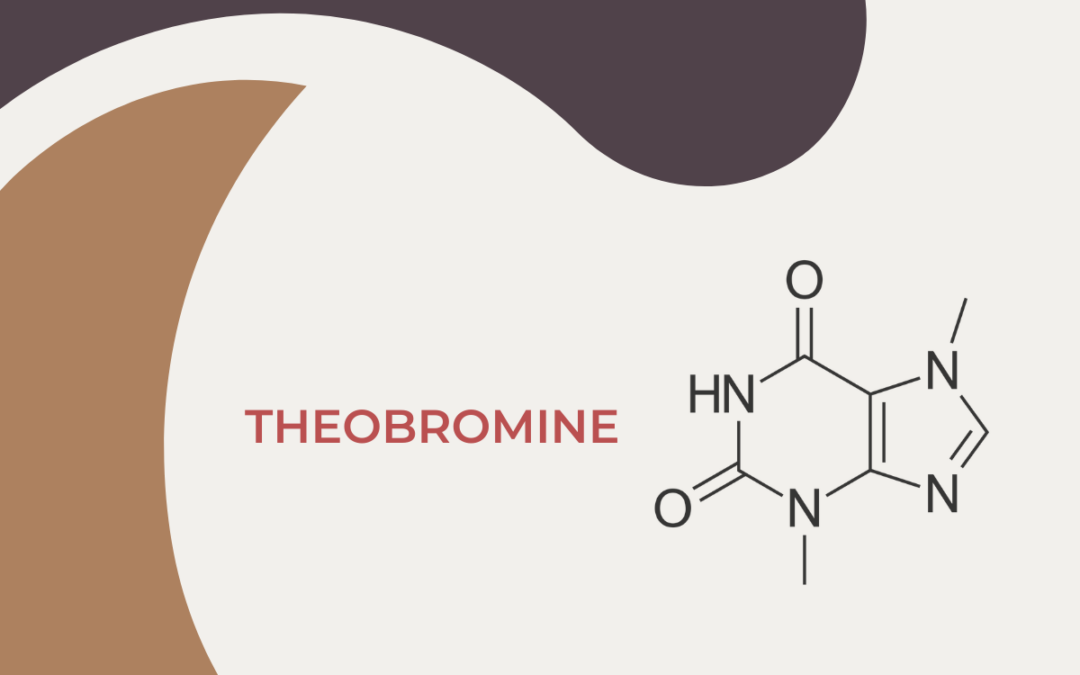When it comes to chocolate, believe it or not, texture is a spectrum! It can be really smooth or it might provide a grainy sensation in your mouth. In this article, we will talk about the TEXTURE of chocolate and briefly explain the importance of identifying and comparing stone ground bars, such as Mexican-style chocolate, with smoother, well-refined bars.
Texture
In the process of eating, while taste is important, texture plays a critical role in deciding whether or not we like what we are eating. Texture is often one of the main reasons why food is rejected, more than smell and taste. And like most skills or abilities, some people are better than others at detecting the differences in the consistency of food.
Here are some common characteristics of food associated with texture:
- Smooth
- Course
- Lumpy
- Fine
- Grainy
- Sticky
- Oily
- Greasy
- Fatty
Chocolate texture
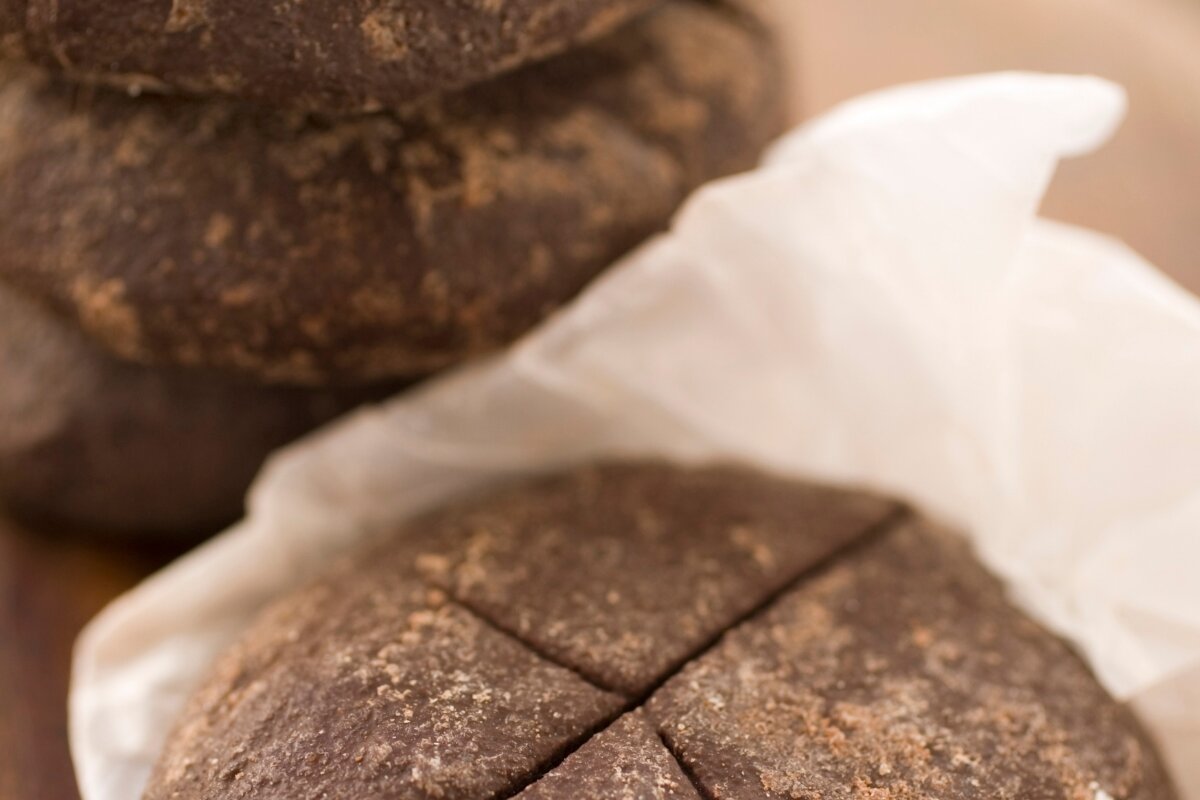
Today, the best chocolate makers spend significant effort grinding cocoa beans and sugar to the right particle size for optimal consumer acceptance. Typically, chocolate makers tune their processing so that the chocolate ends up between 15-20 micron particle size (a micron is 1/1000th of a millimeter). Most people can detect grittiness at about 30-40 microns, so once the chocolate particles (i.e. cocoa bean, sugar) drop below that size, the chocolate will taste smooth. Most consumers prefer the texture of their chocolate to be as smooth and silky as possible. But there are some people who enjoy a more complex and grainy chocolate like Mexican-style chocolate.
Chocolate textures and mouthfeel
To identify the texture of chocolate, taste and mouthfeel are key. As your chocolate-tasting skills improve, you should be able to identify whether the chocolate is grainy, smooth, buttery or chewy.
To evaluate texture when tasting chocolate, there are four primary descriptors you should know:
- Smooth – The silkiness of the chocolate. Examples: satiny, velvety
- Chewy – The amount of energy needed to break up the chocolate. Examples: rubbery, tough, soft, crumbly
- Coarse – The degree of coarseness inside the chocolate. Examples: abrasive, textured, particulate, powdery, grainy, chalky
- Mouth Coating – The type and degree of coating left in the mouth after eating the chocolate. Examples: oily, buttery, dry
How to make a smooth texture chocolate
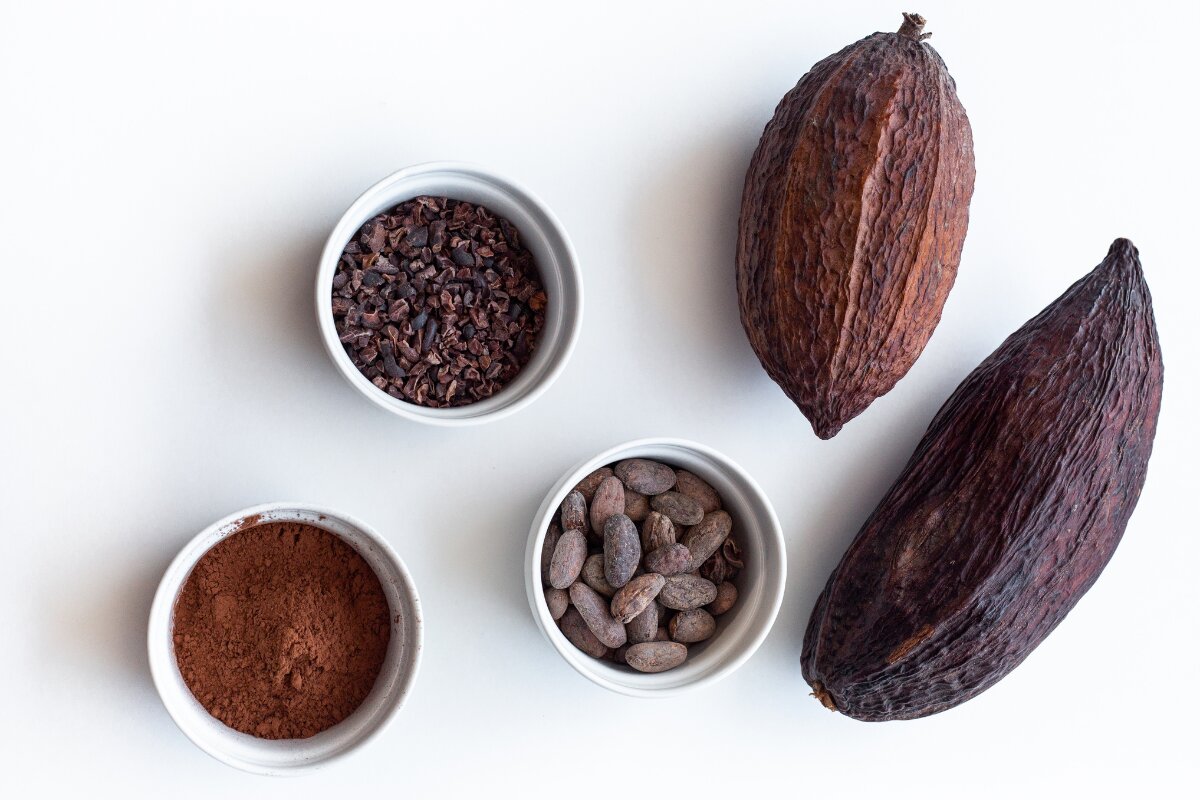
There are two factors that contribute to a smoother texture: adding extra cocoa butter and processing for a longer period of time. Many chocolate makers in Europe use additional cocoa butter, which gives the chocolate a smoother, creamier texture. Cocoa beans are about 50% cocoa butter by weight, so adding even more cocoa butter makes the chocolate melt in your mouth even faster. Chocolate makers may also process the ingredients until they reach a smaller particle size which minimizes any grainy texture. But smaller is not always better – chocolate can be over-processed which results in a sticky mouthfeel, similar to when eating peanut butter.
How to make a grainy texture chocolate
If the chocolate spends less time in the grinding and refining machines, it will have a rougher, grittier texture. This is because the cocoa nibs and sugar are less processed, resulting in larger particles. Using a traditional processing technique, such as stone grinding, can also result in grittier chocolate. Some traditional stone grinding systems are not capable of producing a super smooth texture. Grittiness can also be the result of adding sugar later in the chocolate-making process. For example, cocoa beans can be ground until they are creamy and smooth and then sugar can be added to provide a textural element.
How to detect the texture of chocolate
Next time you eat chocolate, start by taking a square and breaking it apart in your mouth into smaller pieces. Your tongue will heat the chocolate and it will begin to melt and release its flavors. Move the chocolate around your mouth with your tongue. Your palate will sense the different textures. Some texture may last until swallowed, such as small pieces of cocoa bean, while others may slowly disappear, such as sugar particles that will dissolve in your mouth. Over time, as you taste more and more chocolate, you will understand how sugar and grinding the chocolate to different particle sizes creates different mouthfeel experiences.

